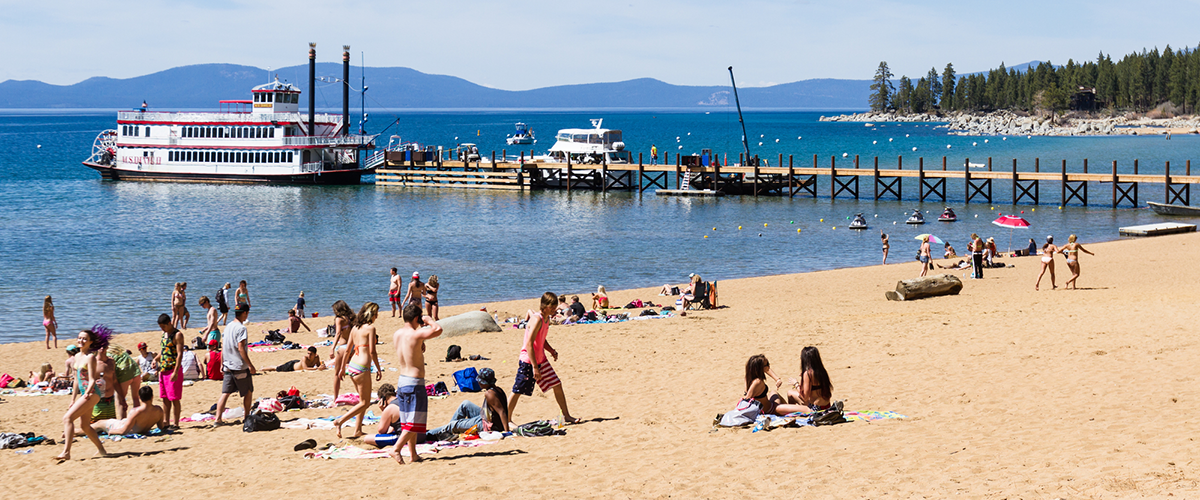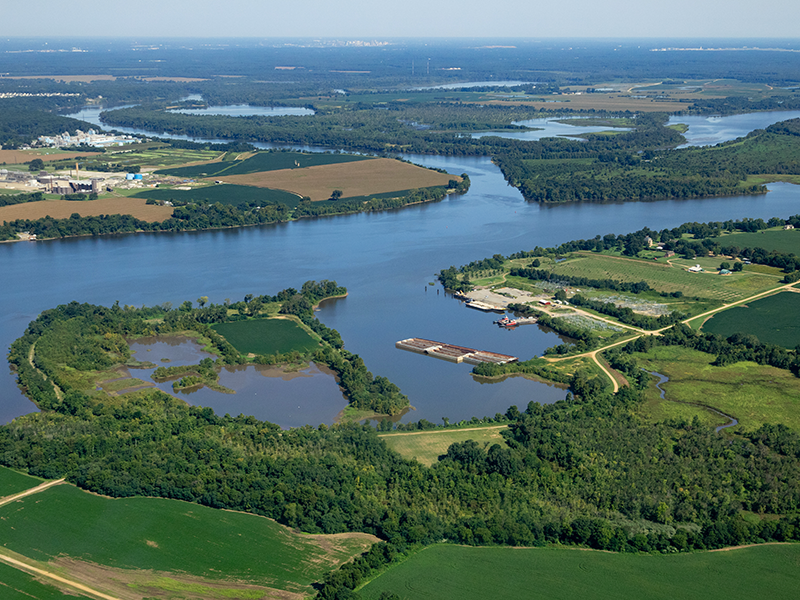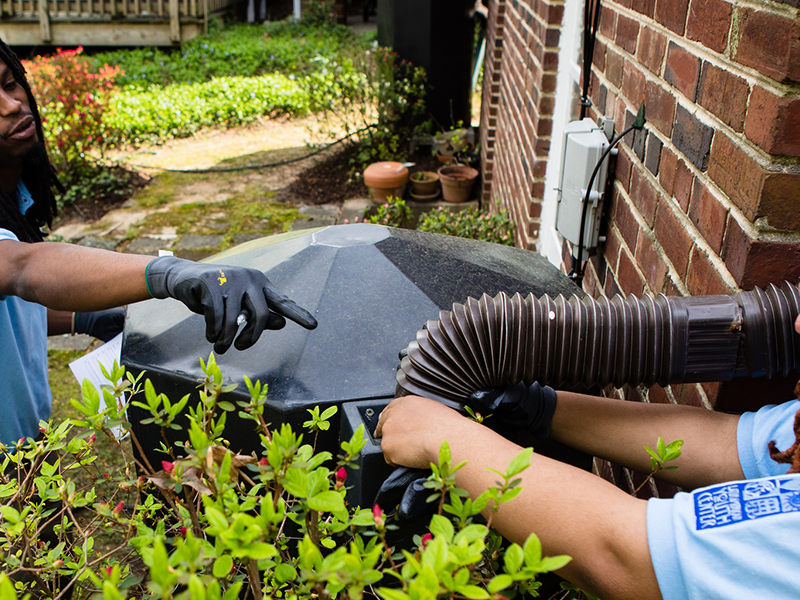First-year results of the Lake Clarity Crediting Program demonstrate real progress toward reducing pollutants from entering Lake Tahoe. Combined, stormwater managers have exceeded their target of reducing fine sediment in runoff by 10 percent. We know because the Lake Clarity Crediting Program tracks and reports water quality results, with a consistent framework linking actions on-the-ground with quantifiable pollutant reductions. Partners also finalized the first credit “trade” this year, demonstrating a shared commitment to achieving pollutant reduction goals.
This commitment is epitomized by a recent conversation between Robert Larsen, the regulator from Lahontan Water Board, and Jason Burke, a permittee: they agreed that they have an extraordinary relationship; one that is based on the clear communication, well-defined requirements, flexible implementation, and trackable success enabled by the Crediting Program. According to Robert, “The Water Board is grateful for the strong partnerships in the Lake Tahoe basin. Working together, we’ve successfully reduced fine sediment reaching the lake by more than 10% and have gained unprecedented support of our new permit, with its redoubled target of 21% load reduction.”
Results from Lake Tahoe contribute to the growing body of evidence demonstrating the effectiveness of performance-driven approaches to stormwater management – the biggest and fastest-growing source of water pollution in cities worldwide. How can cities manage this growing source of pollution and cost? The answer lies in programs that maximize water quality benefits per dollar spent.
In Washington, D.C., the Stormwater Retention Credit trading program is attracting private financing for green infrastructure and will soon be capitalized by an $11.5 million purchase program. A performance-driven pilot program in Anne Arundel County, Maryland, that focuses on procurement of water quality credits, allocated $5 million for impervious surface treatment this year alone. Further, in Seattle, the Stormwater Facility Credit Program may reduce large-scale commercial and residential drainage fees by hundreds or thousands of dollars per year.
While municipalities are using such programs to improve water quality in their own regional context, common characteristics and best practices are emerging. Local governments can learn from and build upon the approaches used in Lake Tahoe, and across the country, to advance their stormwater management practices.
Achieve better results with current funding and staff resources
In the Lake Tahoe basin, partners recognize that practices to reduce sediment in runoff―such as bioswales, cisterns, and street sweeping before storms―cost less, and deliver greater environmental benefits, in some areas of the watershed compared to others. By focusing on desired outcomes rather than prescribed activities, partners can prioritize the most cost-effective stormwater practices to meet credit requirements. Program tools calculate the credits (currently defined as about 200 pounds of ultra-fine sediment per year) generated and track results on a publicly available reporting website.
Expand available resources with portfolio financing approaches
A crediting approach can integrate and complement multiple financing strategies, leveraging available funding to maximize environmental benefit. For example, municipalities in the Lake Tahoe watershed can portion out project costs among entities, and thus share resulting credits generated. Further, if one partner falls short on credit totals in a year, it can purchase credits from another partner through the market-based system. Having a defined credit to clearly and consistently track water quality improvements opens the door to innovative financing approaches such as pay-for-performance bonds and contracts that would not be possible otherwise.
Engage the private sector to help achieve permit requirements and TMDL targets
Credits provide a straight-forward way to engage private property-owners, companies, and others in efforts to improve water quality. In the Tahoe basin, permittees earn credits for best management practices installed on commercial and residential property- as mandated by regional ordinances. The clear and consistent accounting for credits in the Tahoe program also enables partners to issue RFPs for credits, which would incentivize private construction firms to install stormwater practices that generate the most credits for the lowest cost possible.

Lake Tahoe partners recently committed to a 21% load reduction in their next permit cycle. The more stringent requirement may spur additional, innovative approaches to using credits; with the Lake Clarity Crediting Program guiding the way. Progress will continue to provide examples for how performance-driven programs can address stormwater in cost-effective ways.



